Improved feed-conversion ratio one of the many potential benefits
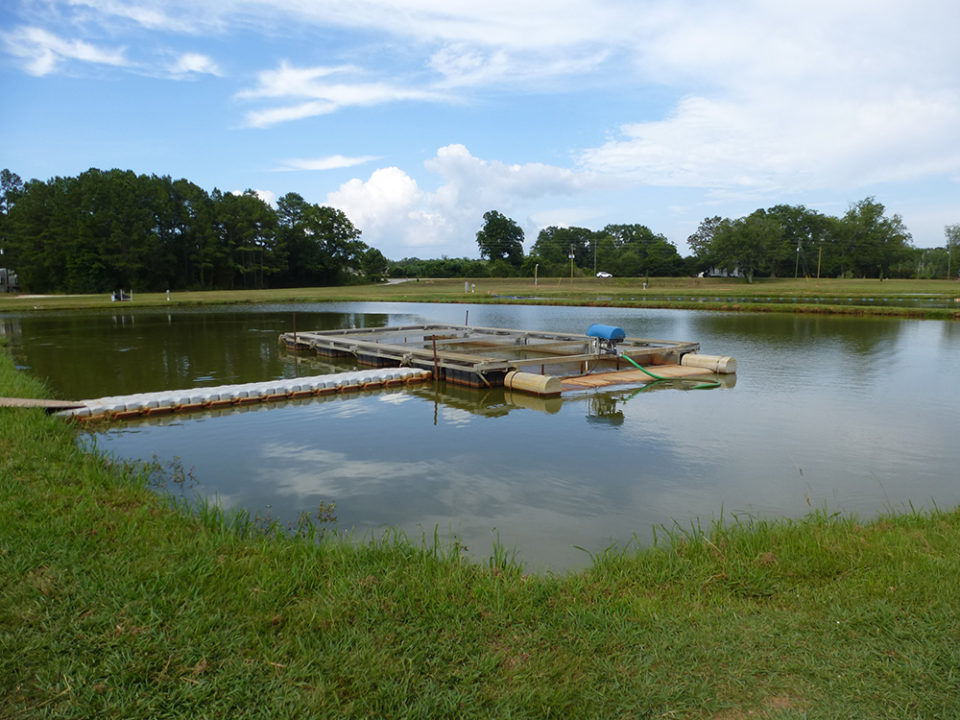
Fish growth and feed conversion
The feed conversion rates of the hybrid catfish cultured in the IPRS ranged from 1.50 to 1.64 (Table 1, part 1), compared to values generally above 2.0 reported by most catfish farmers. This is thought to be a consequence of better control of feeding by personnel, adequate oxygen levels maintained inside the raceways, preventive baths to control gill parasites, no bird predation, improved overall survival of fish, and fish being kept at a continuous, slow swimming rate.
The average weight of fish in all raceways nearly equaled or surpassed the desired average weight of 680 grams (1.5 pounds) in a growing period of nine months. Overall, 95 to 99 percent of the fish in the raceways were above the minimum weight of 450 grams required by catfish processors, and 63 to 82 percent were above the 680-gram target weight (Fig. 5). The hybrid catfish can certainly grow faster and attain a larger size than they did in this trial if the fish are fed more frequently. IPRS systems could be fitted with automatic or demand feeders, reducing labor compared to manual feeding of fish just once or twice daily. This is an issue that will receive attention in further trials with IPRS.
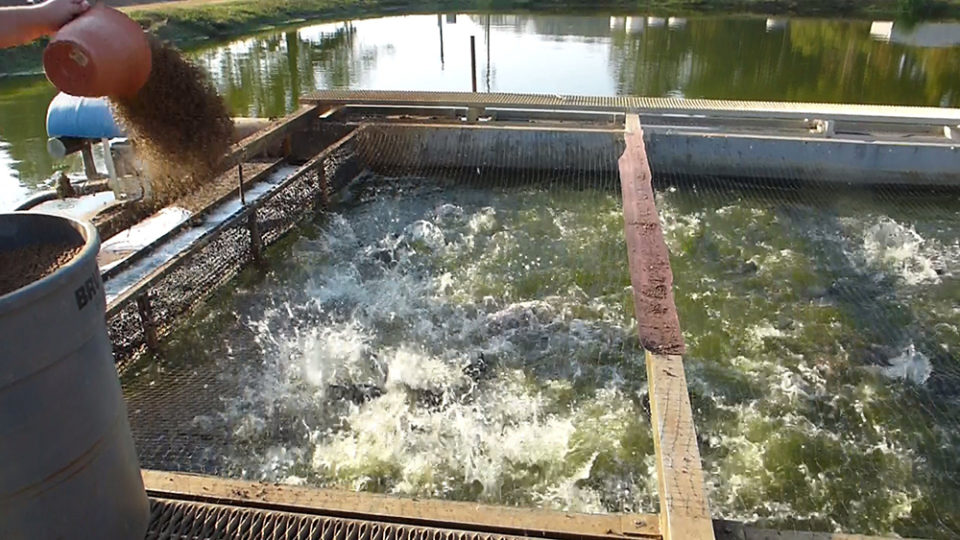
Fish survival and control of disease outbreaks
In IPRS, fish are confined in the raceways at high densities, and disease outbreaks can occur very rapidly. However, in IPRS, farmers can promptly detect the signs of the onset of a disease outbreak (such as reduced feeding response and presence of moribund or dead fish) and act more rapidly to contain the progression of the disease than in larger, commercial ponds. It is easy to collect and remove moribund and dead fish from the culture unit, reducing the source of infection. Fish can also be effectively fed with medicated feed (provided they have not already gone off feed).

In this particular production study, fish in all raceways were treated with formalin baths at 120 ppm for 40 minutes to prevent and control skin and gill parasites. Treatments were initiated two days after the fish were stocked in the raceways, and were repeated at biweekly intervals until water temperature stabilized in early summer at around 26 degrees-C (July).
Despite these preventive treatments, fish in all raceways went through two acute bacterial infections. The first caused by Flavobacterium columnare (with classical signs of “fin rot” and “cigar mouth”), and the second a septicemia caused by Edwardsiella ictalurii. By applying potassium permanganate baths (at 6 ppm for 30 minutes) to control the fin rot and by suspending feeding after the onset of Edwardsiella infection, a major loss of fish was prevented. Nonetheless, 25 percent of the fish were lost in the IPRS in pond B2, the one most affected during the Flavobacterium and Edwardsiella outbreaks.
Fish survival ranged from 75 to 95.7 percent. Fortunately, as fish were still small during the bacterial outbreaks, the loss of fish biomass did not cause too much impact on overall yield and feed conversion. Also noteworthy is the much-reduced cost of these treatments in smaller raceways compared to treating entire ponds.

Economic results
Although this was not a full commercial scale trial, the results and economic analyses are promising. Production costs were calculated using current feed, fingerling, energy, labor, chemicals, maintenance services, harvest and other costs paid by catfish farmers in West Alabama (January 2017). The sale price of $2.53 per kilogram ($1.15 per pound) was the price effectively paid by the processor after receiving the fish at the plant. An investment of $63,300 (not including land and pond construction) was necessary to install the IPRS in the four 0.4-hectare ponds (equivalent to $39,562/ha for raceways, air blowers, diffuser grids, water mover units, electrical wiring and control boxes, propane gas generator and other equipment).
Fixed costs (depreciation and provision for equipment maintenance) were estimated based on this investment. Overall production cost combined for the four ponds was $2.03/kg of fish (Table 2). Feed, labor (feeding, water quality monitoring, maintenance, harvest, others) and fingerlings together comprised 68 percent of the total production cost.
At a sales price of $2.53/kg, gross profitability was 24 cents for each dollar spent in production. Production costs are expected to decrease significantly with increases in production yield and larger IPRS unit size, helping to dilute the costs related to labor and energy and expected to result in higher profitability to the farmers.
Kubitza, IPRS, Table 2
| Total US$ | Percentage of total cost | US$/kg | |
|---|---|---|---|
| Sales (23,965 kg of catfish X US$2.53/kg) | 60,631 | – | 2.53 |
| Variable: Feed | 14,835 | 30.4 | 0.62 |
| Variable: Labor | 11,037 | 22.6 | 0.46 |
| Variable: Fingerling | 7,358 | 15.1 | 0.31 |
| Variable: Energy | 2,984 | 6.1 | 0.12 |
| Variable: Pond preparation | 1,830 | 3.8 | 0.08 |
| Variable: Chemicals, treatments | 1,064 | 2.2 | 0.04 |
| Variable: Disease diagnostics | 518 | 1.1 | 0.02 |
| Variable: Other operational costs | 2,114 | 4.3 | 0.09 |
| Total variable or operational cost | 41,740 | 85.6 | 1.74 |
| Total fixed cost | 7,044 | 14.4 | 0.29 |
| TOTAL COST | 48,784 | 100 | 2.03 |
| Net return (US) | 11,847 | – | 0.50 |
| Gross profitability index (%) | – | – | 24.6 |
Positive aspects and perspectives for the IPRS technology
Applying the IPRS, fish are concentrated in a small space (less than 3 percent of pond surface area), significantly reducing the requirement of labor for feeding and harvest compared to other pond production systems. Since they are small, the raceways can be easily covered at low cost with bird nets, reducing avian predation to nearly zero. Fish can also be routinely given bath chemical treatments to prevent parasites, fungi and bacterial infections.
For bath treatments, the water flow through the raceway is temporarily shut off, the front and end screens are blocked and aeration can be supplied inside the unit to keep adequate oxygen levels during the treatment. In this manner fish can be treated using small amount of chemicals, at a low cost, and at effective concentrations and time regimes. Treating fish frequently in conventional ponds would be nearly impossible and highly expensive for most chemicals.
Feed conversion rate (FCR) for catfish in IPRS was improved (1.5 to 1.7) compared to FCRs reported in commercial catfish farms (2.0 to 2.8). The IPRS also provides a constant and effective water circulation in the pond, disrupting physical and chemical stratification of pond water. This IPRS aspect improves dissolved oxygen levels throughout the water column and near the pond bottom, speeding up the decomposition of organic wastes at a rate that makes it possible to maintain adequate water quality even at an overall higher feeding rate. The same effect is thought to occur in highly aerated catfish ponds (at 25 to 35 HP/ha of aeration), a strategy some farmers have started adopting to increase catfish production in static ponds producing from 14,000 to 19,000 kg/ha, compared to 4,500 to 9,000 kg/ha in conventional catfish ponds under 7 to 15 HP/ha of aeration.
Finally, the IPRS brings the possibility of reducing solid wastes (fish fecal solids) entry into the pond environment. AU researchers are testing devices designed to concentrate and remove solid waste from the IPRS, and this will likely result in a significant improvement in water quality and fish yield in a manner not possible with other pond production strategies. The collection of solid waste will also make IPRS a viable alternative to cage technology in lakes and other aquatic environments where the load of production waste, solid effluent is a concern and may require regulation.
Perspectives
These positive aspects of IPRS have caught the attention of fish farmers around the world, especially in areas that are already experimenting with the new technology at commercial scale with carps, tilapia and multiple local species that are cultured on manufactured feeds. However, in the southern United States, where the IPRS technology has evolved, very few farmers have currently embraced it.
The IPRS could considerably change the way catfish is currently being farmed in the United States, but it will require a higher initial investment compared to the alternative of investing in more aeration units for a conventional pond. Nonetheless, a meaningful comparison between IPRS and high aerated ponds would need to take into account the additional electricity costs from running more aeration units as well. However, as more sound production and economic data are collected, management protocols are refined and higher yields can be safely achieved, more catfish farmers are expected to use IPRS and the benefits from this promising technology will positively affect the U.S. catfish industry’s competitiveness and sustainability.
Authors
-

Fernando Kubitza, Ph.D.
Invited Researcher (corresponding author)
Auburn University
School of Fisheries, Aquaculture and Aquatic Sciences
Auburn AL 36849-5419 USA[117,100,101,46,110,114,117,98,117,97,64,54,48,48,48,107,122,102]
-

Jesse A. Chappell, Ph.D.
Associate Professor / Extension Specialist
Auburn University
School of Fisheries, Aquaculture and Aquatic Sciences
Auburn AL 36849-5419 USA[117,100,101,46,110,114,117,98,117,97,64,49,106,112,112,97,104,99]
-

Terrill R. Hanson, Ph.D.
Professor / Extension Specialist
Auburn University
School of Fisheries, Aquaculture and Aquatic Sciences
Auburn AL 36849-5419 USA[117,100,101,46,110,114,117,98,117,97,64,114,116,110,111,115,110,97,104]
-
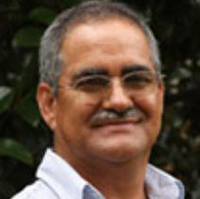
Esau Arana
Research Associate IV
Auburn University
School of Fisheries, Aquaculture and Aquatic Sciences
Auburn AL 36849-5419 USA[117,100,101,46,110,114,117,98,117,97,64,115,101,97,110,97,114,97]
Tagged With
Related Posts
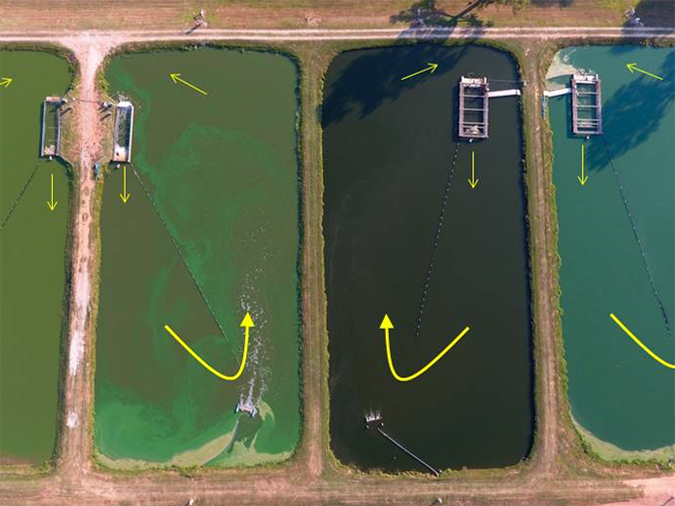
Responsibility
The promise of In-Pond Raceway Systems, part 1
A promising strategy to increase fish production in static aquaculture ponds, the In-Pond Raceway System (IPRS) grows fish confined at high densities in floating or fixed raceways, instead of the animals being free in the pond.
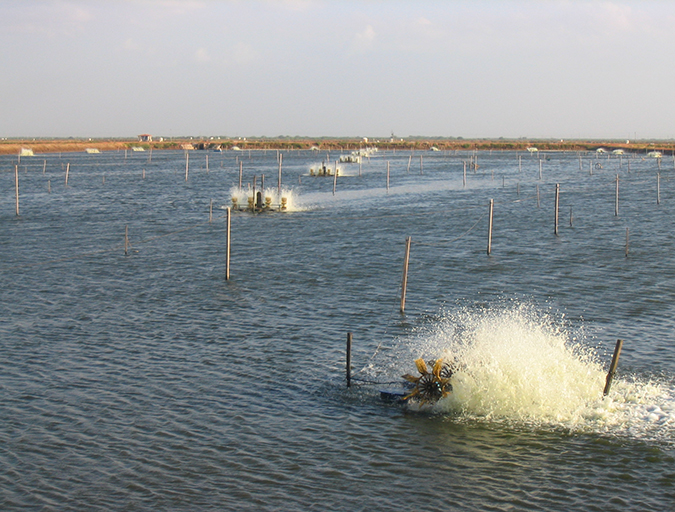
Health & Welfare
Proper water circulation in aquaculture ponds critical
Promoting water circulation during the day time is an effective strategy to enrich pond water with oxygen produced by photosynthesis, and can significantly reduce the costs of night time supplemental aeration.
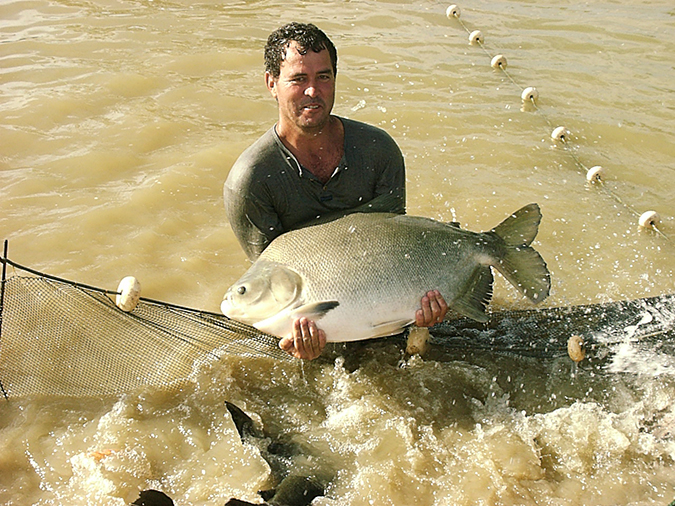
Intelligence
Brazilian aquaculture: Constraints and challenges (Part 1)
The Brazilian aquaculture industry has been growing steadily during the last two decades. Despite facing a number of challenges it is looking at continued growth and a larger role in the export markets.
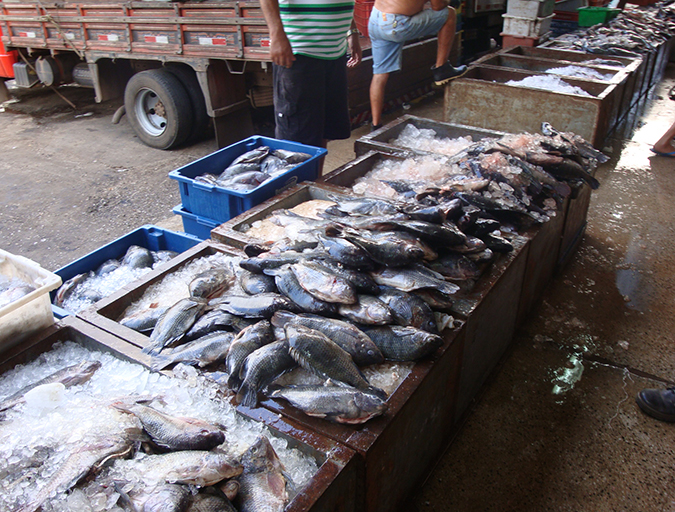
Intelligence
Brazilian aquaculture: Constraints and challenges (Part 2)
Brazil will have to deal with an adverse economic and political environment in the next few years. One should expect high value fish products like shrimp, tilapia, Chilean salmon and cod being replaced by more affordable seafood and alternative meats, as consumers keep losing purchasing power due to inflation, unemployment and monetary devaluation.

